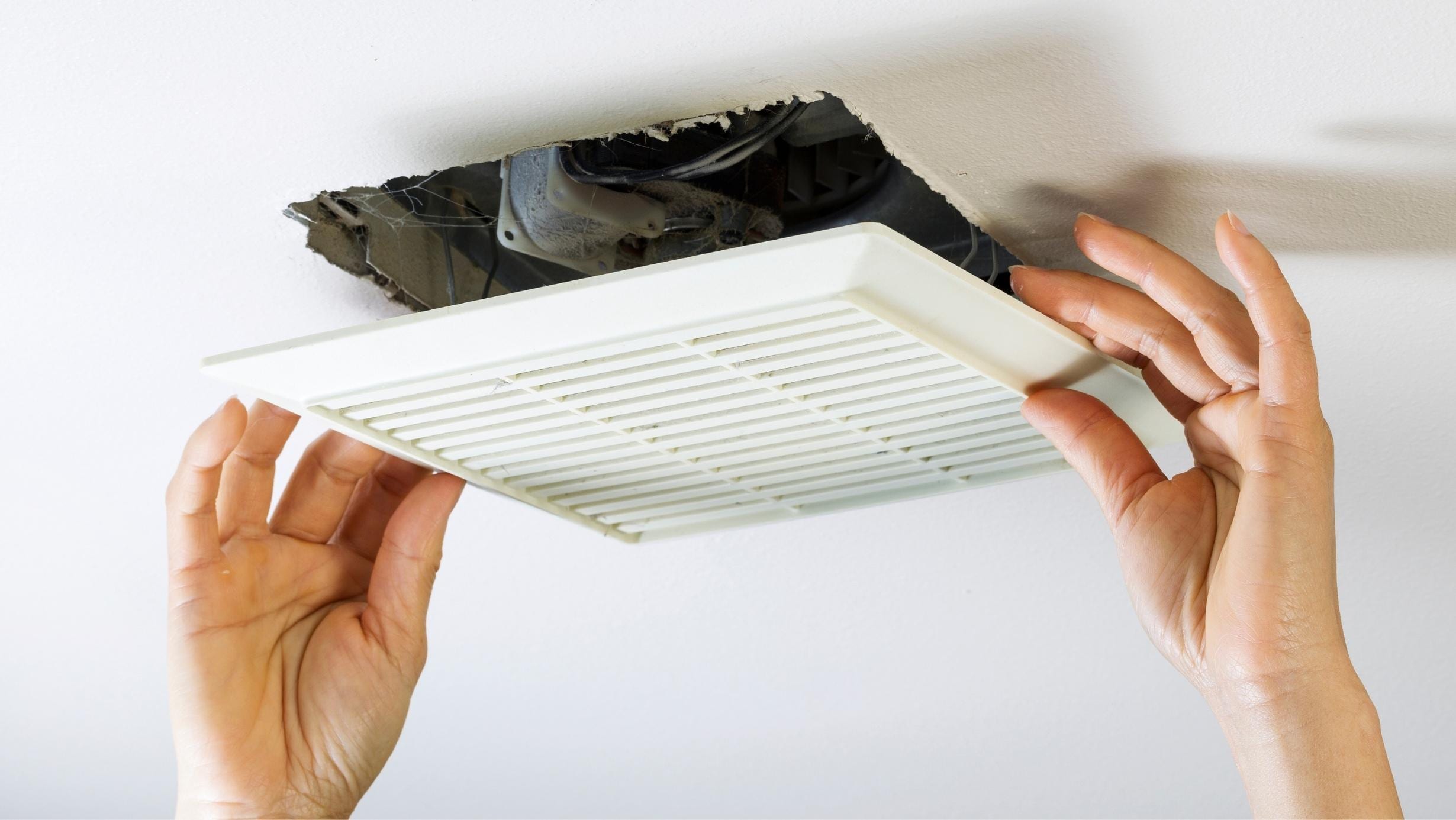Getting Your Rental Ready For The Healthy Homes Standard
As of July 1 2021, all new and renewed tenancies for private rentals must comply with the Healthy Homes Standards. One key aspect of these standards is ventilation.
The ventilation standard states that rental properties must have windows that open in the living room, dining room, kitchen, and bedrooms. Additionally, bathrooms and kitchens must be fitted with extractor fans.
This basic standard helps to ensure the health and wellbeing of tenants, but it can also improve the state of the property as well, avoiding mould, mildew, dampness, and odours.
Areas of the home that require effective ventilation
Good ventilation is important for every room in the house for any home, as it helps to keep airflow moving and avoids damp areas, which in turn minimises smells, mould, and mildew.
Yet the areas of the home are the places that are naturally the wettest and need ventilation the most – the kitchen and the bathroom.
According to the tenancy services ventilation standard, all kitchens and bathrooms must have an extractor fan vented to the outside, with the following requirements:
- Kitchens – Fans and rangehoods installed after 1 July 2019 must have a minimum diameter (including ducting) of 150mm or an exhaust capacity of at least 50 litres per second.
- Bathrooms – Fans installed after 1 July 2019 must have a minimum diameter (including ducting) of 120mm or an exhaust capacity of at least 25 litres per second.
Landlords should consult our team of installers about the fan diameters and flowrate, so they can ensure they are compliant with the healthy homes ventilation standard!
A well-ventilated kitchen doesn’t just remove dampness and excess moisture; it also carries away smoke, airborne grease, and unpleasant smells. Ventilation can also remove excess heat, which is a huge benefit during summer when you don’t want the oven to heat up the house.
Similarly, bathroom ventilation can reduce the dampness, heat, and steam from hot showers, and any odours.
Your options for home ventilation
Opening windows is a great start, but they don’t offer the same extraction and ventilation as other systems, and they’re not nearly as useful on cold, drizzly days.
Fortunately, there are plenty of options for ventilation throughout the home:
- Rangehoods: From wall-mounted to retractable, there is a variety of rangehood options that can remove heat, moisture, smoke, and odours from your kitchen.
- Thru-wall fans: These exhaust fans can be installed almost anywhere in the home, where an interior fan in the wall connects to an exterior surface for a powerful exhaust.
- In-line fans: In-line fans are usually placed within the roof space, and can be used as an exhaust, or even for heat transfer.
Ducting solutions
One option for New Zealand homes is to ventilate through a whole-home ducting system. This is a highly cost effective solution that uses one external outdoor unit for exhaust, one internal unit, and a system of ducting throughout the home that forces air to move throughout. It can ventilate multiple areas at once, and is highly discreet with a number of unobtrusive vents throughout the home.
Ducting can be installed through the roof, or even in a bulkhead in the kitchen, making it a popular choice for Kiwis.
Unfortunately, a whole-home ducted system may not be feasible for all properties.
Ventilation restrictions and potential issues
Whole-home ducting is certainly popular, but not every home is capable of having ducting installed.
One of the most common problems is the lack of access. Ducting requires there to be sufficient space either under the floors or in the roof to install the system, but not all homes will have these spaces – or enough of them – to fit a full ventilation system. A professional can let you know if your house is suited to this style of ventilation, and can offer alternative options as required.
Another possible issue is that of asbestos. Asbestos used to be a popular building material, and can be found in roofing, backing materials, insulation, and other areas throughout the home. This is most common in homes built prior to the 1980s.
If your home has asbestos, it will need to be removed before a professional can disturb the area in order to install any kind of ducting or ventilation system. Home owners may also choose to simply seal away the asbestos materials and find an alternative ventilation solution.
Choose Lite Energy to ventilate your property
Lite Energy offers a variety of ventilation services in and around the Wellington region. We can help you determine the best and most cost effective solution for your property and install it in time to meet your Healthy Homes Standards.
Contact us here or call 0800 LITE NRG (548 3674) to find out more.




